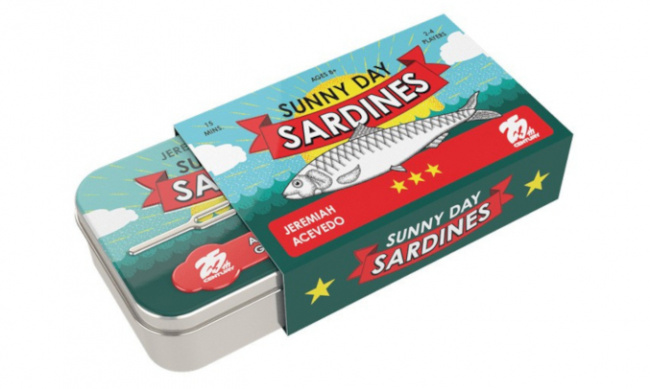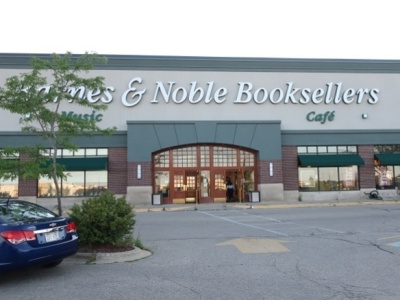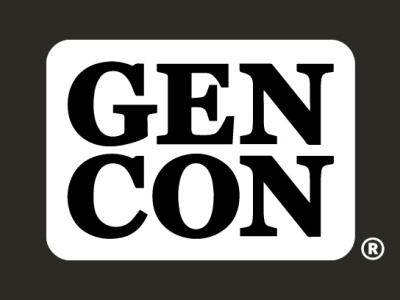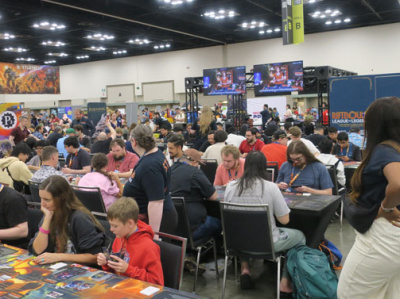Rolling for Initiative is a weekly column by Scott Thorne, PhD, owner of Castle Perilous Games & Books in Carbondale, Illinois and instructor in marketing at Southeast Missouri State University. This week, Thorne offers publishers some packaging hints, and reminds them of the importance of demo copies.
With Gen Con taking place this past weekend, I wanted to talk about some interesting choices in package design. First up Beadle and Grimm’s dice sets.
Beadle and Grimm's products deservedly receive accolades for their quality and uniqueness. After all, RPG players love dice, so class-specific dice are a no-brainer. The tins the dice come in are very well designed with evocative portraits of each character class on the front of the tin. However, when the customer flips the tin over, they find very expressive text describing the character class and the reaction the player should have when running the character. What they do not see is a picture of the dice.
Granted, this is not a problem when selling the dice online and the online stores where I have seen the dice offered have a photo of the dice posted next to the tin. I have lost track of the number of times I have had a customer pick up a tin and ask, "What do they look like?" I can only imagine the number of customers that did not bother to ask. We had it happen so often that we finally printed out photos of the sets and posted them near the Beadle and Grimm's section. Maybe a photo and a little less text on the next production run?
Happily, we received a copy through PSI’s Box of Fun promotion (because I never would have ordered a copy based on any trade solicit) and I gave it to our Thursday night game group to try out. They found it a lot of fun in a small package, and we now have orders for four copies when we get them in stock. Small publishers, especially, should factor the cost of demo copies of their games into their budget when figuring production costs. Don't expect the store to crack open a copy of your game to show it off to people. If a store must hand sell the game and the publisher does not provide the tools to aid them in doing so, well, there are other products like Wingspan, Dungeons & Dragons, and Pokemon that require far less work to sell. I want to sell your game, but I do not want to put a lot of scarce capital into doing so.
Your thoughts? Any interesting package designs? What did I miss at GenCon? Email castleperilousgames@gmail.com.
The opinions expressed in this column are solely those of the writer, and do not necessarily reflect the views of the editorial staff of ICv2.com.










